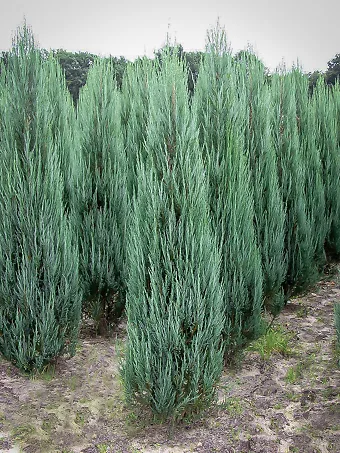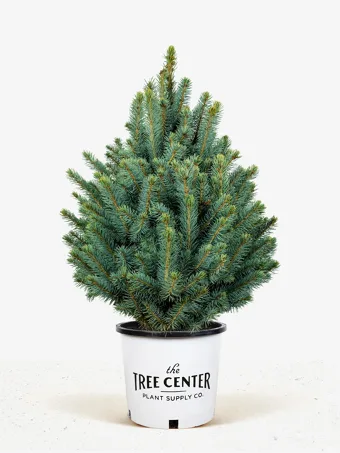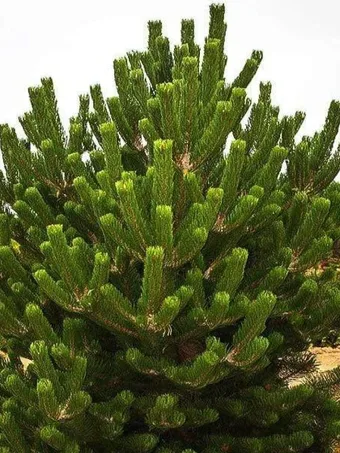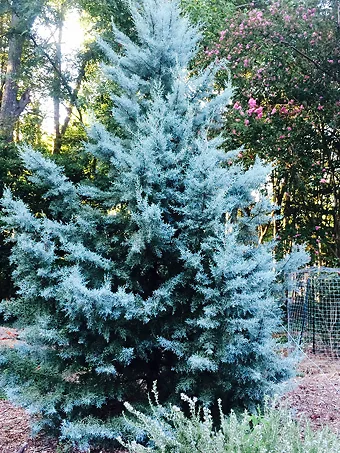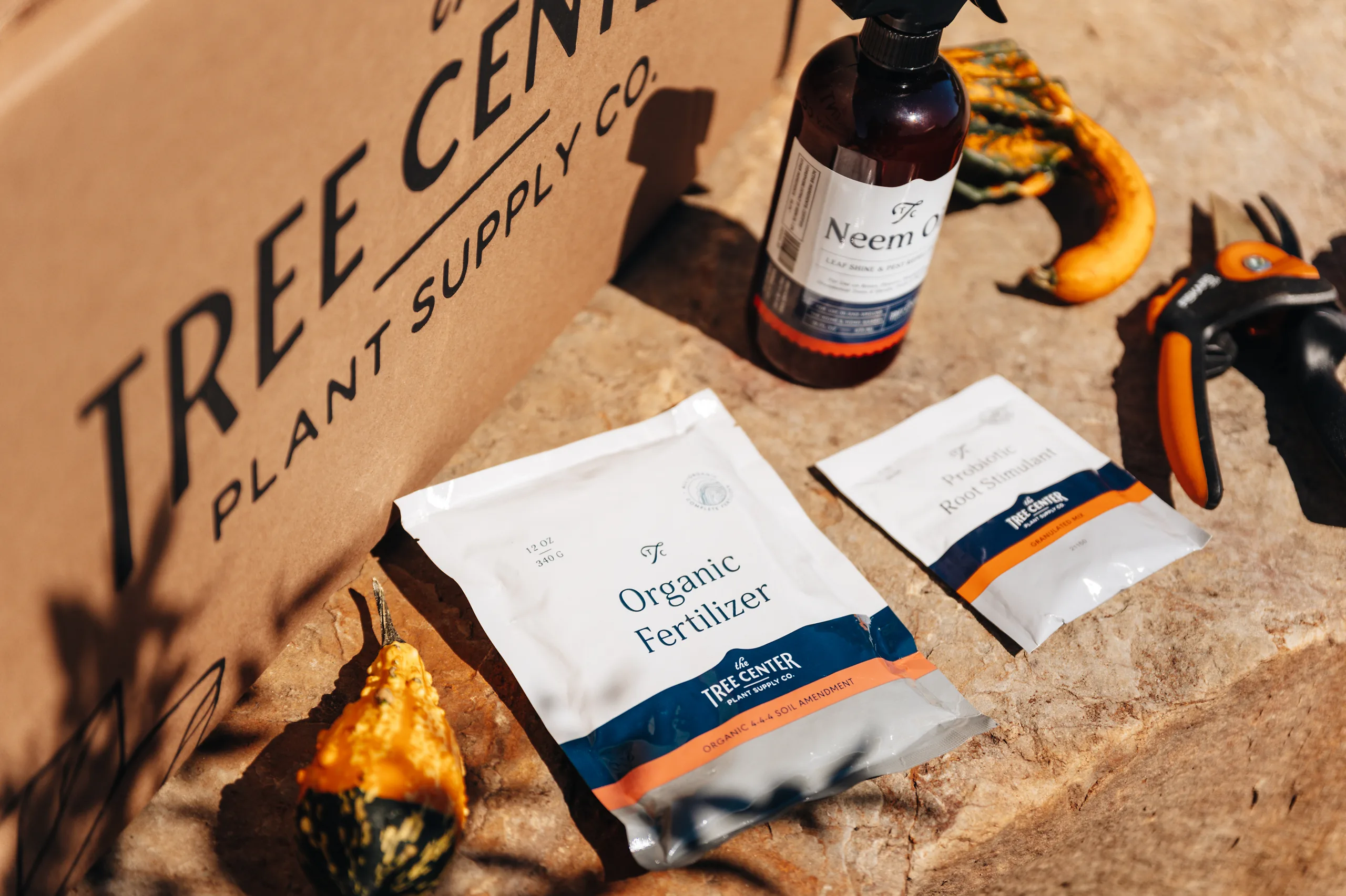
Written by s • Fall – The Ideal Planting Season
Somehow, over recent years, the gardening year got turned around. Today everyone rushes into their garden at the first sign of spring, and immediately starts planning and planting for the best garden ever. This is quite a change from years ago, when spring was a secondary season, ideal for planting some plants, but not the time for most of the work. It used to be said that, ‘the gardening year starts in fall’, and this is still true, even if garden centers and big-box stores want us to shift to spring, when they can put out lots of tempting plants in flower to catch our attention.
This emphasis on spring planting has also skewed the selection of plants in our gardens, so that spring – when those tempting flowering shrubs are on display – has become the dominant season, with many gardens having nothing at all in bloom in summer or fall. Things have become so skewed that although fall is indeed the best planting season – for reasons we will look at – it is also the season of plant bargains, when nurseries have deep discounts.
Today there are good financial reasons for buying and planting in fall, but there are lots of practical ones too. Let’s look at all the reasons why fall is the top season for planting your garden.
Plant Into Warm Soil
In many areas the beginning of fall is signaled by a period of rain. When it clears, the nights are cooler, and the days too are fresher. The intense heat has gone, but the weather is still wonderful for being outdoors. There is something else less obvious, and that is that the soil has built up a deep reservoir of heat during the summer. That warm soil, now moistened by fall rains, is the perfect environment for root growth. Mother Nature knows this already, so many plants, from the grasses in your lawn to the bulbs you plant in fall, are programmed to send out lots of new roots in this season – into that warm, moist welcoming soil.
Contrast this with the situation in spring, especially in the cooler parts of the country. The months of icy weather have dropped the temperature to, and often below, freezing point. The steady rain and melting snow have saturated the soil with water, driving out oxygen, and also sending the beneficial soil microbes into a deep sleep. Even when the air temperatures start to rise, and the days become longer, the soil remains wet and cold for weeks. Wet, cold soil is not a good environment for plants, and newly-planted shrubs and trees can languish, even when their buds push out new growth. As a result that new growth can falter, weaken and even die back. The standard reaction of running out and giving more water, thinking they are dry, often only makes things worse – the soil is almost certainly damp already, and more watering just reduces oxygen levels in the soil even more.
In fall, none of this applies. The soil is warm, and moist, but only rarely wet. The beneficial microbes are in full swing, releasing nutrients and conditioning the soil for optimal growth. Any fertilizers you add will soon be activated and become available to your new plants. Fall soil is the perfect planting medium.
Fall Planting Encourages Strong Roots
As well, with their buds for the following season fully-formed but dormant, most plants have no inclination to push out new shoots. All the plants energy and resources are focused on root growth, and that is what fall-planted trees and shrubs do. They eagerly send out roots into the soil you have prepared, quickly anchoring them in the earth, so that they won’t be disturbed by strong winds. The extensive root system formed over this period makes sure that when spring does come, the plant has enough roots to take up all the water and nutrients its new spring growth needs. So no spring die-back, no weak growth, but instead vigorous shoots that quickly add inches or feet to your plants. Since the plants are better established, they need less watering and attention, although you will still need to look out for them as the weather gets warmer.
You Save Money Too!
We all like to save money, and gardeners are no exception to that. The immediate savings from fall discounts are obvious, but there are other savings too. The nursery has had the plants growing over the season, but usually they are still at spring prices, even though they have put on a whole season’s worth of growth since then. Most nurseries will re-pot their plants in late fall, and in spring, although they have added no growth at all, they will be selling at a higher price, because they are a larger size. So when you plant in fall you get larger plants, and the real saving is greater than it even looks – you can’t lose.
Some Precautions
Although there are lots of benefits, there are some things to think about with fall planting. Evergreens in particular can be a problem in very cold areas, as their limited root growth makes them more susceptible to winter burn. This is caused by the ground freezing, preventing water uptake, so that the foliage dries out from cold, dry, winter winds. If you live in cold zones, like zones 2 to 5, fall planting of deciduous trees and shrubs is always going to be ideal, but if you plant evergreens then, take a few precautions.
Like what, you say? It’s easy. First, water your new plants deeply just before freeze-up. Secondly, apply a mulch around the roots – you should be doing that anyway with new plantings – as this will keep the soil warmer. The freeze will not be so bad, and water will still be available. Thirdly, if you are planting evergreens that are at the limit of their hardiness in your zone, consider using an anti-desiccant spray on them. Apply this in late fall, as late as possible, but while the day temperatures are still above freezing. Re-apply if there is a mid-winter thaw, and it rains, as this will wash off the spray, leaving your plants vulnerable when the cold returns.
If you take these simple steps, your evergreens will go through winter untroubled, and be ready to start growing as soon as the warmer weather returns.
Fall Planting? Definitely
Even from a practical point of view, fall is often free of all the rain and cold-snaps of spring, that make going into the garden less pleasant than it should be. There is something magical about planting a tree in fall, surrounded by golden leaves, but starting a new life. Every tree is a promise for the future – that the future will be here, and that it will be good. So get shopping and get planting – once you try fall planting you will wonder why you haven’t been doing it for ever.
